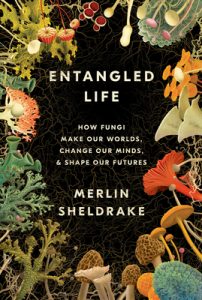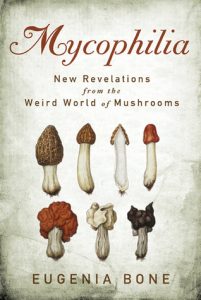 There are moments in
There are moments in
moist love when heaven is
jealous of what we on
earth can do.
– Hafiz
So the original plan was to write about sex*, but this. Dang. I’m going to quote from Sheldrake’s book again in this short span of two sentences because I cannot do him justice (though in my defence, the first quote was a quote of a quote): “This wasn’t sex: Fungal and plant cells hadn’t fused and pooled their genetic information. But it was sexy: Cells from two different creatures had met, incorporated each other, and were collaborating in the building of a new life. To imagine the future plant as separable from the fungus was absurd” (Sheldrake, Entangled Life, chapter 5: Before Roots). That’s the first quote I highlighted in the pages because it captured the excitement I felt about this book throughout my reading it, though part of why I hadn’t highlighted anything prior to it was probably because I was going along at breakneck pace.
Alright, so maybe I didn’t start off with a good combination (sex and fungal matter). So if I may just direct your attention to these following points for why you might be interested to read this delightful book on fungi (apart from the fact that it’s a book about fungi – you all know how I feel about mushrooms and their kith):
Here is a video of me eating the mushrooms that sprouted from my book, Entangled Life: How Fungi Make Our Worlds, Change Our Minds, & Shape Our Futures.
They were delicious: I couldn’t taste any off notes, which suggests that the #fungus had fully metabolised the text. pic.twitter.com/wjhLdfvU4c
— Merlin Sheldrake (@MerlinSheldrake) June 23, 2020
- The author, Merlin Sheldrake, grew oyster mushrooms out of his own book, harvested them, then cooked and ate them (@MerlinSheldrake).
- His review of the mushrooms? “They were delicious: I couldn’t taste any off notes, which suggests that the #fungus had fully metabolised the text.”
- The illustrations within the text were drawn using the ink from the shaggy ink cap mushroom (Coprinus comatus). Yes, this includes an illustration of Coprinus comatus using Coprinus comatus.
- The excellently chosen epigraphs. To give you an example, the introduction starts with the quotation at the beginning of this post. That’s bold. So is cultivating oyster mushrooms off your book about fungi. And planning to make cider of another physical copy of your book about fungi.
- What more do you want? What more do you need?
It actually gets even better. (Who’d have thought it possible?) Sheldrake is evidently in love with fungi and suffused with a curiosity about the natural world, and that passion is contagious, infecting the reader just as a mushroom might shoot its spores far out and beyond its body, through the pages, to seed in you an interest in the fungal world.**
